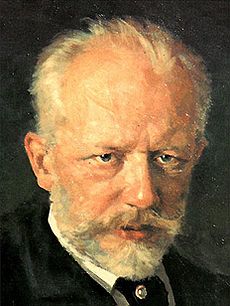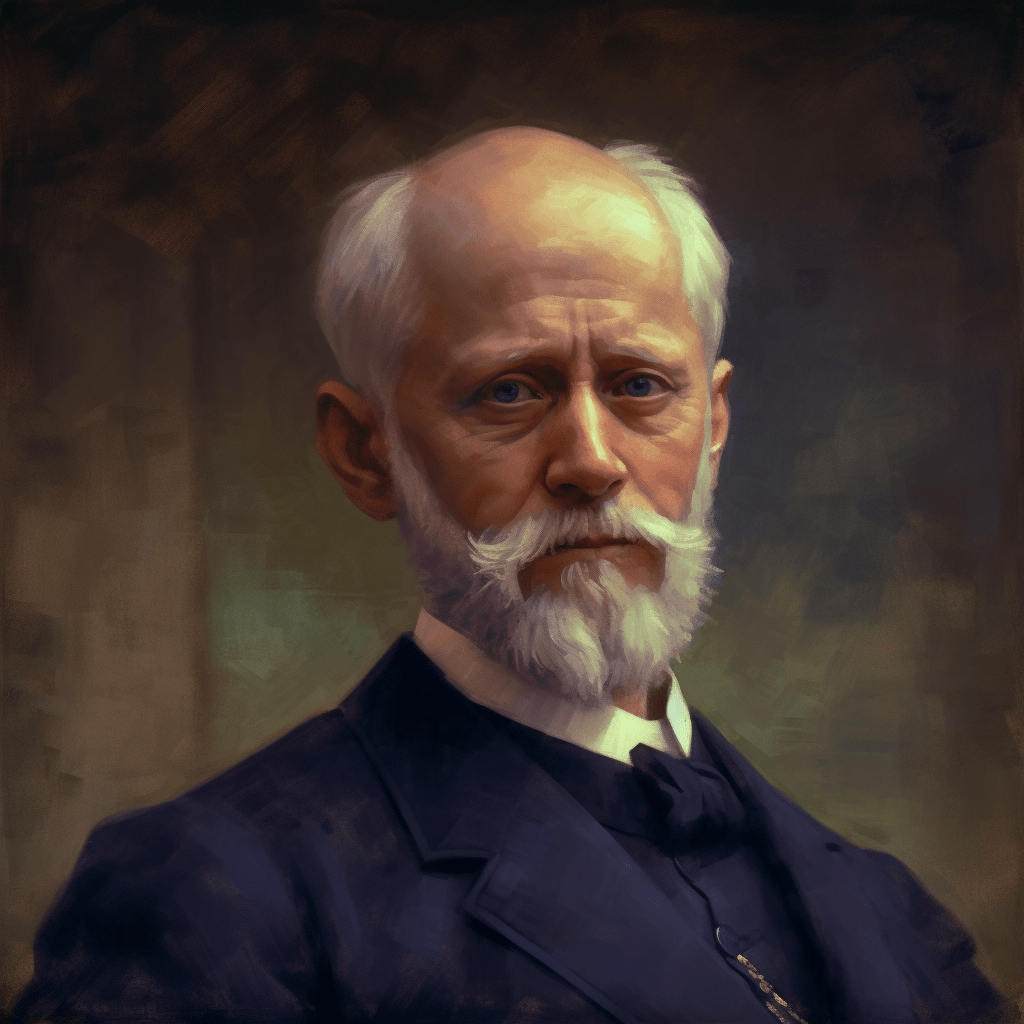The Sleeping Beauty, one of the most celebrated ballets in the classical repertoire, is a masterpiece of both music and choreography. Composed by Pyotr Ilyich Tchaikovsky in 1889, this ballet remains a cornerstone of the classical ballet tradition and is considered one of the greatest achievements in the history of ballet.
Origins and Commissioning
The origins of The Sleeping Beauty trace back to the late 19th century when Ivan Vsevolozhsky, the director of the Imperial Theatres in St. Petersburg, proposed a new ballet to be based on Charles Perrault’s fairy tale La Belle au bois dormant (The Sleeping Beauty). Vsevolozhsky envisioned a grand, opulent production that would highlight the grandeur of the Imperial Ballet.
For the music, Vsevolozhsky turned to Tchaikovsky, who had already demonstrated his mastery of ballet composition with Swan Lake (1877). Tchaikovsky eagerly accepted the commission, despite the lukewarm reception of Swan Lake at its premiere. He collaborated closely with choreographer Marius Petipa, who provided a detailed libretto and instructions for the structure and character of the music.
Composition and Musical Brilliance
Tchaikovsky began composing the score in 1888 and completed it in 1889. He approached the project with great enthusiasm, crafting a rich, symphonic score that went beyond traditional ballet music. His composition featured intricate orchestration, leitmotifs, and a seamless integration of dance and narrative.
One of the most famous musical passages from The Sleeping Beauty is the Waltz from Act I, which has become a staple in concert performances. Another widely recognized piece is the Rose Adagio, a technically demanding section where Princess Aurora balances on pointe while interacting with her four suitors. The ballet’s finale features the iconic Apotheosis, celebrating the grand wedding of Aurora and Prince Désiré.
Premiere and Reception
The Sleeping Beauty premiered on January 15, 1890, at the Mariinsky Theatre in St. Petersburg. The production starred the Italian ballerina Carlotta Brianza as Princess Aurora, Pavel Gerdt as Prince Désiré, Enrico Cecchetti as the Bluebird, and Maria Petipa as the Lilac Fairy. The ballet was met with considerable praise from critics and audiences alike, although it did not achieve immediate universal acclaim.
Over time, however, the ballet gained recognition for its intricate choreography and lush musical score. Unlike Swan Lake, which initially struggled to find success, The Sleeping Beauty was embraced by the Imperial Ballet and remained in their repertoire for years to come.
Legacy and Influence
Today, The Sleeping Beauty is considered one of the greatest ballets ever created. It has been performed by major ballet companies worldwide and remains a staple in the classical ballet repertoire. The ballet played a crucial role in the development of Russian ballet, influencing future productions and inspiring generations of dancers and choreographers.
Additionally, Tchaikovsky’s score has transcended the ballet world, finding its way into popular culture. Walt Disney famously adapted the music for the 1959 animated film Sleeping Beauty, further cementing its place in the collective cultural consciousness.
Conclusion
Tchaikovsky’s The Sleeping Beauty stands as a testament to the power of collaboration between composer and choreographer. With its majestic score, elaborate choreography, and timeless fairy tale narrative, it remains an enduring symbol of classical ballet’s beauty and grandeur. More than a century after its premiere, The Sleeping Beauty continues to captivate audiences, solidifying Tchaikovsky’s legacy as one of the greatest ballet composers in history.


Comments are closed